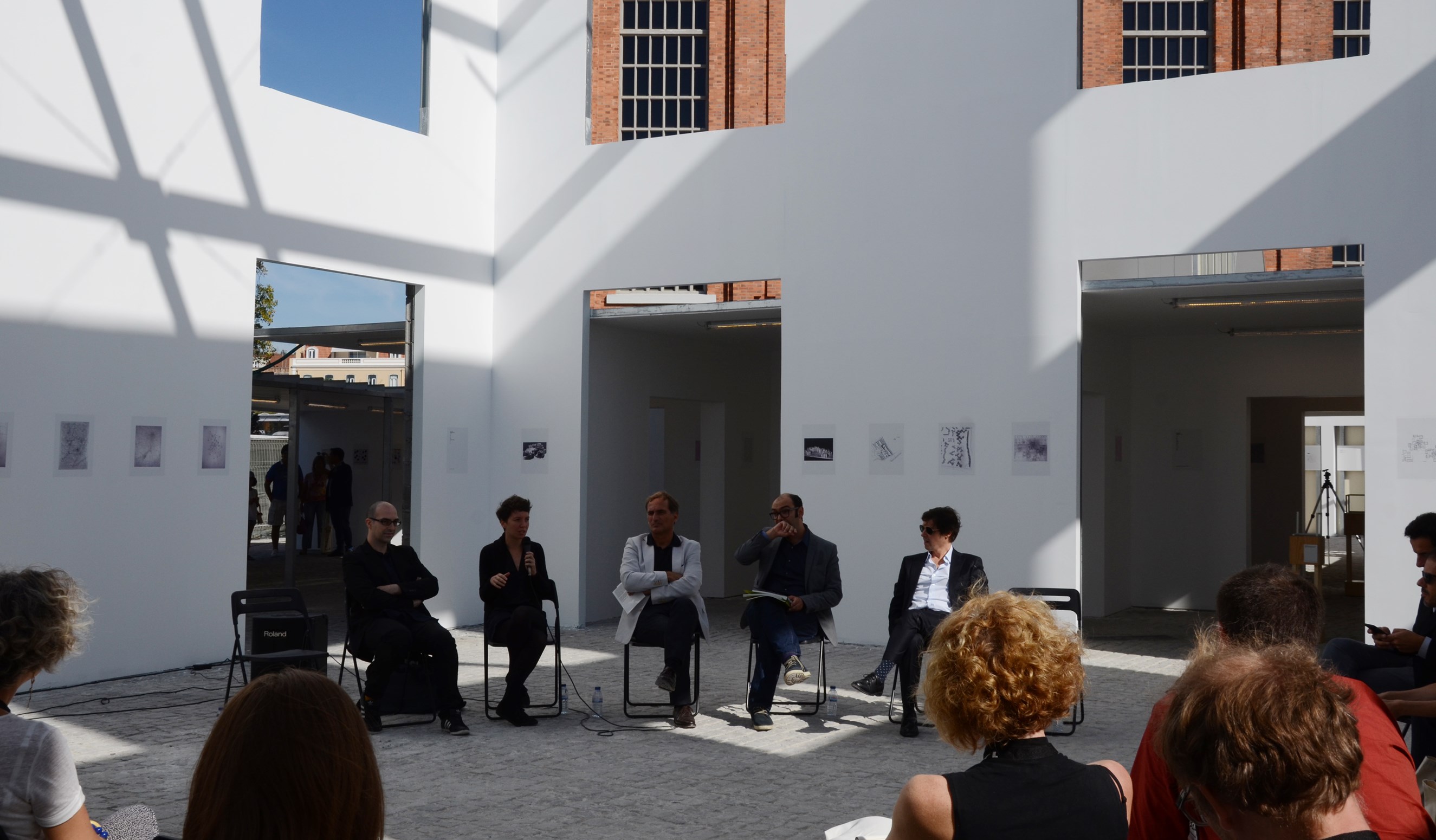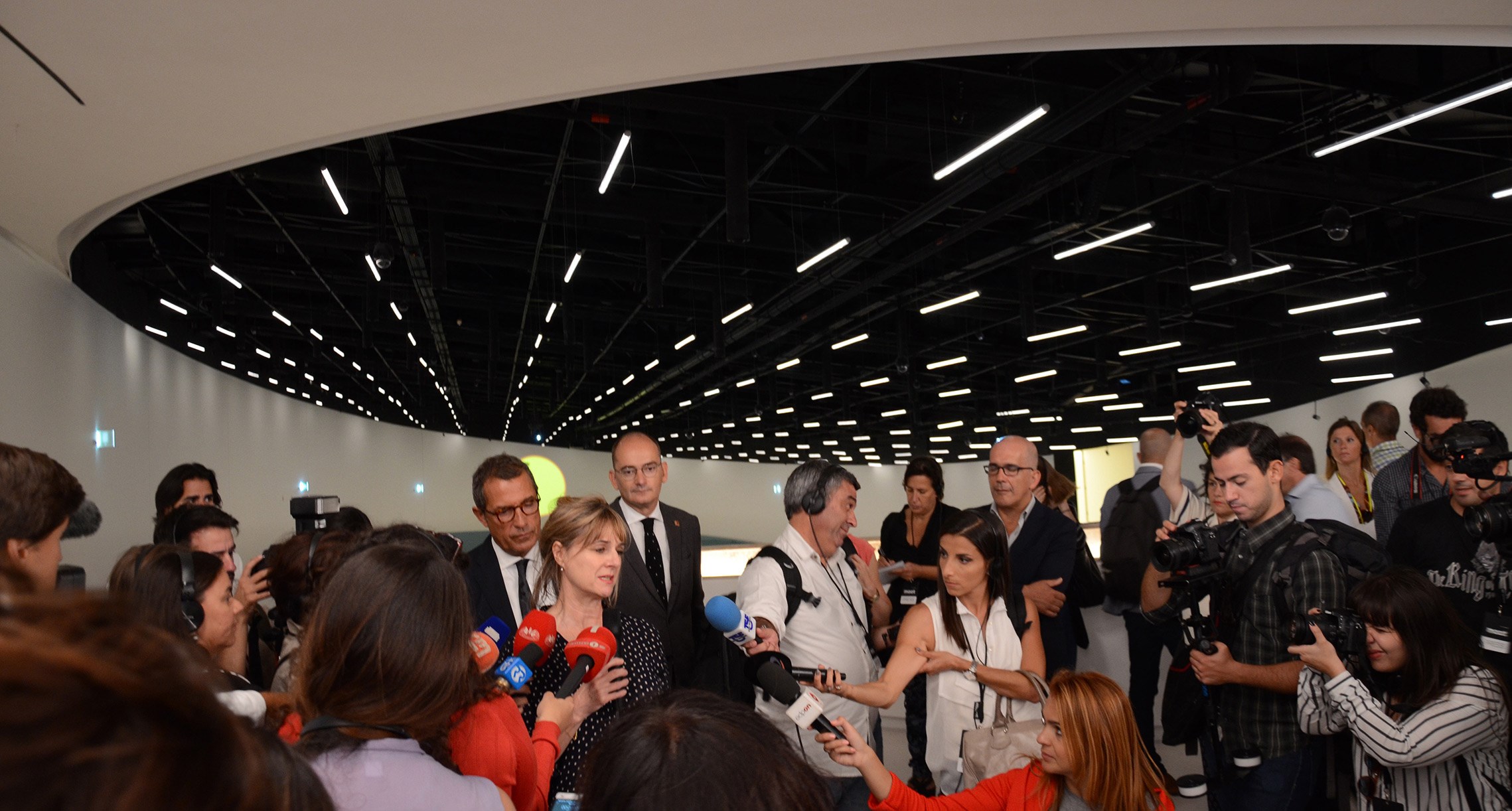EDITORIAL
The aftermath of autumn
For the issue #254 of J—A we have deviated from the previous issue and decided not to have a specific theme, directing this edition towards the relevant events of the past months.
Shortly after the publication of the edition #253, at the end of July 2016, a ferocious fire broke out within the limits of the city of Funchal, in Madeira Island, on the 9th of August. Following this event we called upon Rui Campos Matos, President of the Madeira delegation of the Ordem dos Arquitectos, to present us with his perspective of the fire, where he tells us about the experience of personally living through that moment. In September, photographer Nuno Cera was in Madeira and brought us a reflection of that darkened landscape, a testimonial about the urbanistic problems that affect the more peripheral areas of Funchal and the urgency of their resolution. Still on Madeira, we asked architect Luís Vilhena to share his observations on that disorderly landscape and its possibly catastrophic consequences.
Keeping up with the news, it was with satisfaction that we learned that the Funchal Municipality has began the process of evaluating these shortcomings and proposing new planning and rehabilitation solutions for the city, following the example of what had already been done with the Chiado area in Lisbon after the fire there, according to Paulo Cafôfo, Mayor of Funchal (see piece in DN and OASRS). There was also the announcement of the creation of the Gabinete da Cidade (City Cabinet), an organization with “mixed participation and a time limit” under the direction of Paulo David and João Favila Menezes, with scientific consulting by Gonçalo Byrne and the participation of João Gomes da Silva and the involvement of municipal technicians. We set out to see how the work of this Gabinete is developing, but were told that it is still in an early stage and putting together its team. We are now at the end of the autumn and it is raining, so we will remain vigilant of this situation.

©Paula Melâneo
On the continent, the arrival of autumn was more festive. We attended the opening of the 4th Lisbon Architecture Triennale, and with a video of the more entertaining moments of the inauguration we explore the theme of this edition – The Form of Form – through a more transversal and critical approach, and another approach geared towards the concept of Form and its perennial nature. With the end of the year, we embarked on a deliberation into the great cultural events of 2016, looking into the context of similar contemporary international events, such as the Oslo Architecture Triennale or the Venice Biennale, among others.

©Paula Melâneo
The opening of the new building for the Museum of Art, Architecture and Technology, MAAT, designed by the atelier of the British architect Amanda Levete, AL_A, was also a widely talked about subject. The media reported that an impressive 15 thousand people visited the building in its first day of being open to the public. Hailed as a necessary museum, it still has much to prove, not only concerning its efficiency as an expository building, but also its cultural strategy and programme, seeing that it will only reach its full potential next year, with the completion and opening of all its spaces to the public, along with the opening of the second part of the Utopia/Dystopia program cycle.
We examined this building, which is so unique in the city’s panorama – the object of controversy – starting with its architecture project and focussing on the conception of its structure through the expertise of engineer Edgar Brito, who was a part of the Afaconsult and Rui Furtado team for this endeavour. We documented our visit to the building and a conversation with its author Amanda Levete and her associate Maximiliano Arrocet. Architect and critic Nuno Grande provided us with some observations about its logic as an apparatus for the city and as a new public cultural space, questioning its capability for permanence.
During this particularly warm autumn Portugal is undergoing the intense cultural activity of a great international event and the opening of an iconic building in Lisbon as a new hotspot of the sizzling touristic landscape. However we mustn’t forget the losses brought by the Madeira fires, or the Paiva walkways, or forget that the rough weather of winter promises to devastate touristic areas and other less “instagramable” areas, particularly those in the Autonomous Regions, the Algarve or any other interior area of the country that is less affluent and well known by the media. ◊